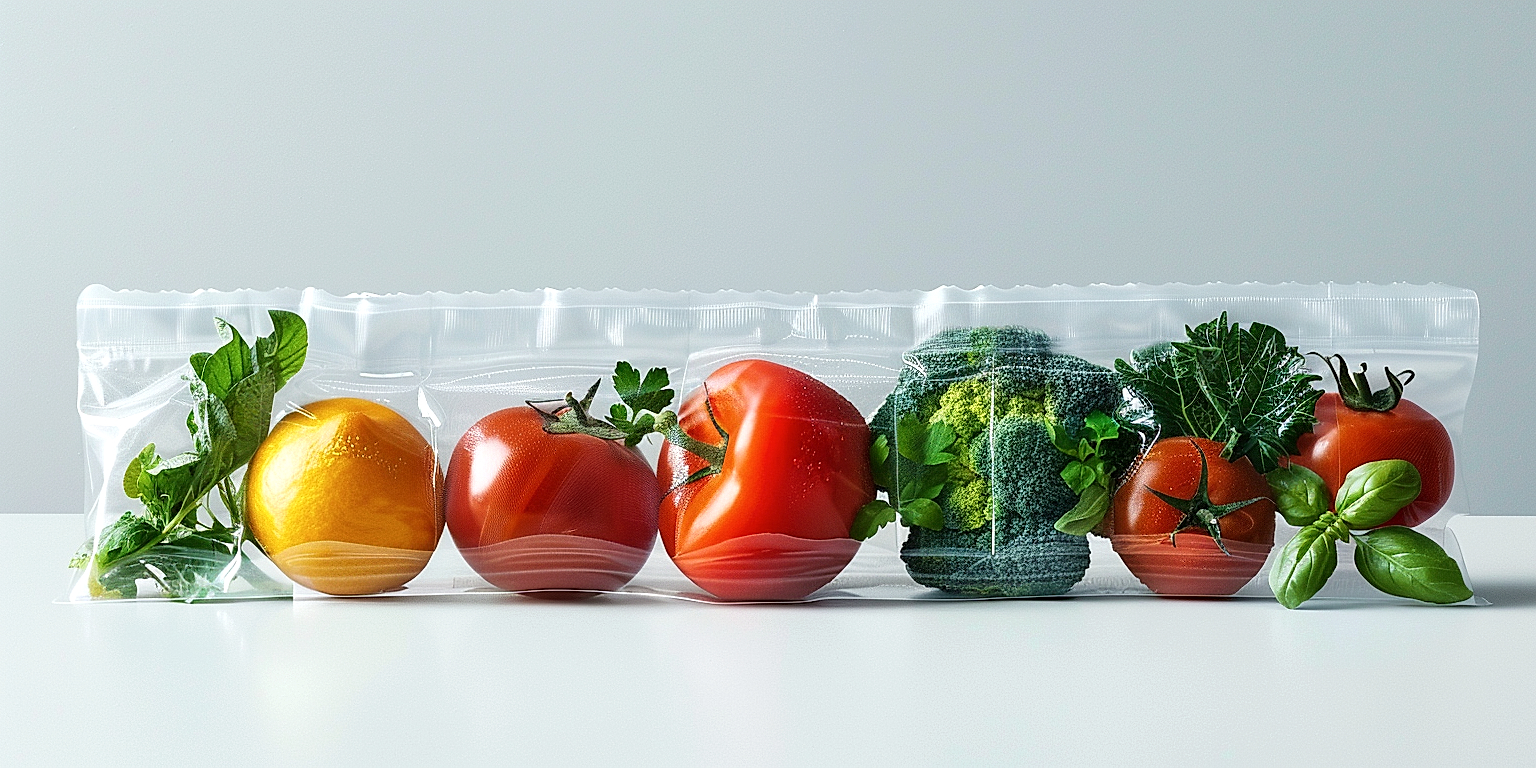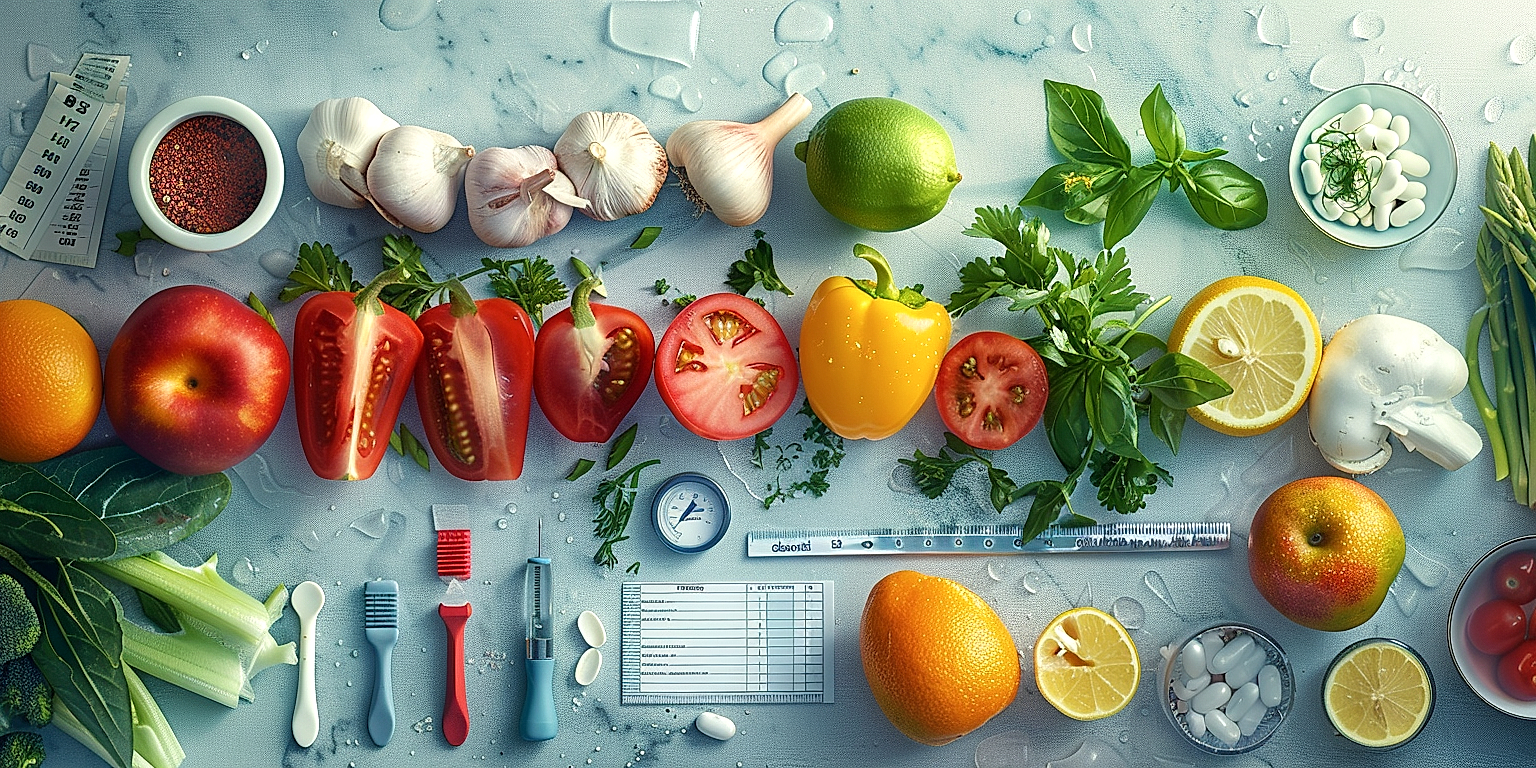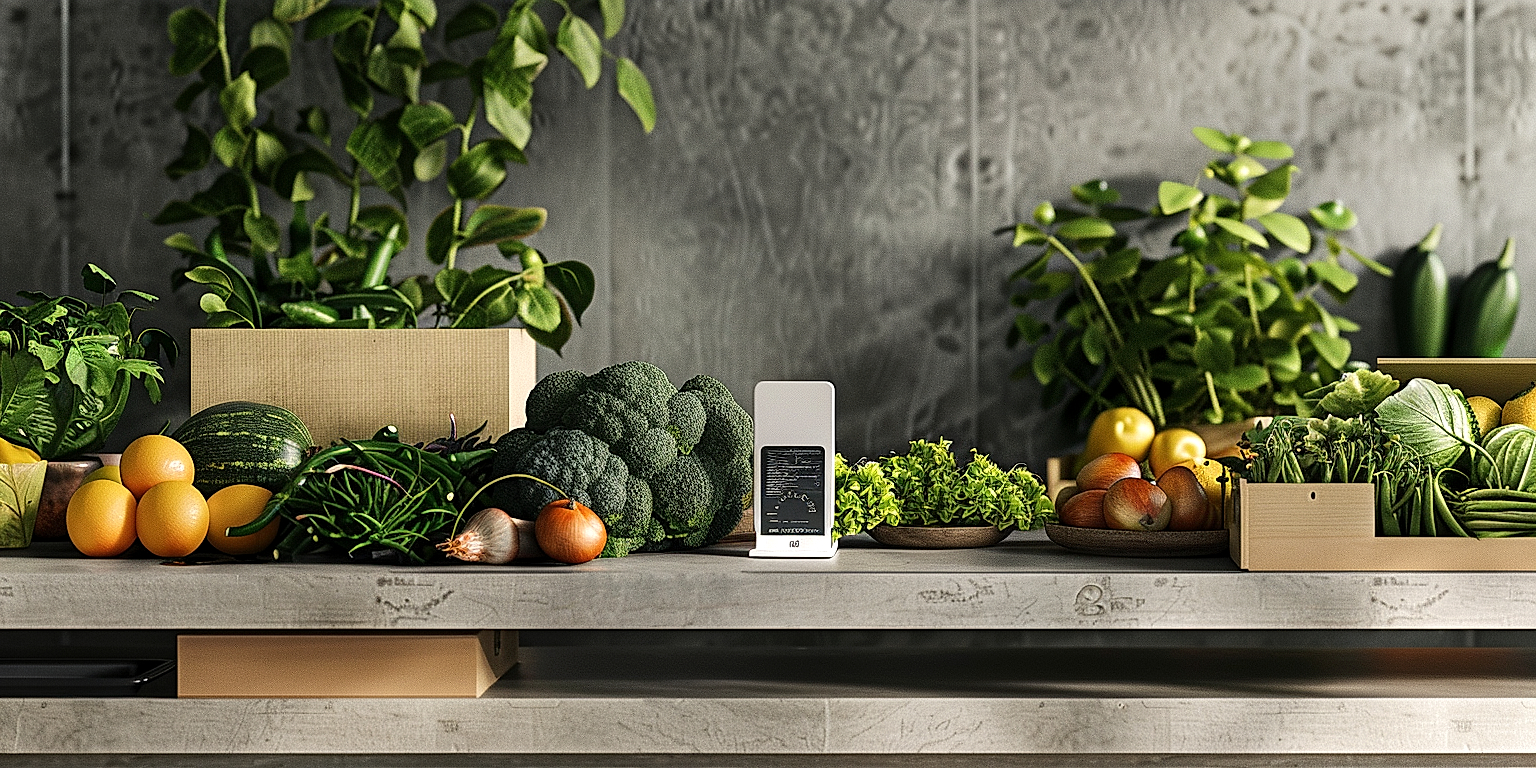In a highly competitive market, ensuring clarity and reassurance about product quality becomes a critical business strategy.
This applies irrefutably to all businesses, regardless of size or sector.
Effective communication is the linchpin that transforms skeptical customers into loyal ones.
Notably, it is no longer sufficient to merely declare quality; it has to be demonstrable and tangible to the customer.
This article will explore various strategies that can help companies effectively communicate the quality of their produce to their customers.
Let’s delve into the impactful strategies that can shape positive perceptions and contribute towards sustained business growth.
Contents
Ways To Communicate Produce Quality To Customers
1. Display Certificates of Quality Assurance Prominently
As a part of quality assurance, it is imperative to showcase the quality certificates you have earned in a prominent manner to instill confidence in customers.
Quality assurance certificates are tools that provide tangible evidence of the high standards of your produce.
These are not just mere pieces of paper, they are a testimony of your dedication towards maintaining quality in your products.
Without doubt, one may consider these certificates as indicators of credibility and consistency.
A prominently displayed certificate becomes a silent yet powerful salesman on your behalf.
It communicates to potential customers that they are viewing and consuming quality-guaranteed produce, thus boosting their trust in your brand.
Moreover, the place where you display these certificates plays a crucial role in your customer’s perception of your quality assurance.
A strategic location such as the billing counter, the entrance, or the produce display section can go a long way in commanding customer’s attention right away.
Make sure your certificates are like billboards advertising your quality produce.
Using a suitable size, good lighting, and visible placement can make them stand out and ensure that they don’t go unnoticed.
It is equally important that these certificates are kept up-to-date to echo the consistency of your quality assurance to the customers.
An old, outdated certificate may sow seeds of doubt in your customers’ minds, which is why it’s essential to regularly renew these certificates.
Besides displaying physical certificates, including digital images of these certificates on your website and social media handles can boost your online reputation.
It is a great way to assure online customers about the quality assurance of your produce, despite them not being physically present to inspect the goods.
No doubt, a visible display of your commitment, as demonstrated through quality certificates, can be the game-changer in convincing your customers about the quality of your produce.
In essence, using certificates of quality assurance prominently is an effective method to communicate your dedication towards ensuring quality, thereby fostering credibility and gaining customer trust.
2. Offer sampling of produce to customers.
Providing customers with samples of your produce is a highly effective way to communicate the high quality of your product to consumers.
Sampling allows customers to physically interact with the produce, allowing them to assess its quality by examining its appearance, texture, and taste.
When a customer is presented with a sample of fruit or vegetable, they are invited to experience the freshness and quality firsthand.
Sampling not only promotes the perceived quality but also helps to build trust and credibility with the customers.
Through sampling, you can showcase the superiority of your produce over those of your competitors.
While providing samples, it is essential to make sure that the same top-notch quality is maintained throughout the entirety of the produce being sold.
Sampling can also provide an opportunity for direct conversations about your products.
During these dialogues, you can explain the rigorous quality controls in place and how your produce stands out in terms of nutritional profile, freshness, sustainability, and taste.
In addition, offering samples can lead to an immediate boost in sales.
Once customers try a piece of fresh, delicious fruit or vegetable from your offerings, they are more likely to purchase more of it.
Sampling can be an efficient tool to attract new customers while also retaining existing ones.
Remember, though, keep the sampling station clean and make sure it’s handled by staff with proper hygiene practices.
The last thing you want is to negatively affect customers’ perceptions of your produce’s quality due to poor hygiene at the sampling station.
This strategy works best when it is paired with knowledgeable staff who can explain the unique characteristics of each product offered in terms of quality, origin, and benefits.
They should be able, not only to offer samples, but also further reinforce the message of quality produce by answering questions and clearing doubts.
3. Use attractive and transparent packaging.
In the field of agricultural produce, packaging plays a pivotal role in communicating the quality of the product to the consumers.
When it comes to fresh produce, an attractive packaging not only appeals to the customer’s sense of aesthetics, but it also serves as a silent salesman, communicating the freshness and quality of the product without uttering a word.
Moreover, packaging is the first physical interaction that customers have with the product, making it a crucial component of the customer experience.
Transparent packaging, in particular, enhances consumer trust as it allows them to see the product in its entirety. This level of transparency is valued by customers as it reassures them of the product’s quality.
Transparent packaging offers an assurance of quality by allowing customers to see the product in its entirety – establishing a strong bond of trust.
Additionally, clear packaging reaffirms the freshness of the produce, as it enables customers to visually inspect the fruits and vegetables for their color, size, and overall quality.
Furthermore, using attractive and transparent packaging opens up the opportunity for producers to display important product details like its origin, cultivation methods, and date of harvest.
Such disclosures could not only increase product appeal, but also reassure eco-conscious consumers about the sustainability and ethical considerations of your produce.
By using packaging that is both attractive and transparent, businesses can showcase the premium quality of their produce while also demonstrating honesty and integrity, thereby fostering a stronger relationship with their consumers.
However, when choosing packaging materials, it is important for businesses to opt for sustainable and environmentally-friendly options. Today, consumers are not just conscious about what they eat but also how it is packaged.
Therefore, choosing green packaging options would not just enhance your brand image but also serve as a testimony to your commitment to sustainability. This would ultimately contribute to communicating the quality of your produce to consumers.
Effective packaging design is more than just a visual enhancement. It is a strategic business decision that strongly influences consumers’ perceptions of your product’s quality.
Thus, combining visually appealing design elements with transparency and sustainability can help businesses communicate quality effectively to their consumers, thereby gaining their trust, and compelling them to choose your product over others.
In a nutshell, a well-designed, transparent, and eco-friendly packaging can be a powerful tool in persuading customers about the quality of your produce.
So, don’t underestimate the power of good packaging – it can be the difference between a product that sits on the shelves and one that flies off them.
4. Detail Cultivation and Harvesting Techniques
When it comes to establishing quality assurance, detailing and providing transparency in cultivation and harvesting techniques play a pivotal role.
Customers these days are increasingly concerned and knowledgeable about where their food comes from.
They are eager to know what methods are employed in the cultivation of their produce, the type of soil utilized, the kind of seeds used, whether any pesticides or chemical fertilizers were used, whether the produce is organic or GMO, etc.
When you share such details, it instills a sense of trust and reinforces the customers belief in the genuineness of your product’s quality.
It’s crucial that you present these details in a simple, understandable manner, avoiding jargon as much as possible.
This kind of transparency not only imparts a sense of authenticity but also helps in creating a personal bond between the consumer and the producer.
Make it a point to use visible signs, easy-to-read posters, or leaflets at your store to detail your cultivation techniques.
Your customers should be able to read about your farming practices with ease at the point of purchase.
If you own an online store, create a dedicated segment on your website highlighting your growing methodologies.
Using visuals like photos and videos of your farms or gardens can greatly enhance your message’s impact.
A short, emotionally engaging, behind-the-scenes video about your farm’s day-to-day activities or a series of snapshots of different stages of cultivation can impress your customers greatly.
Remember, every piece of information you give them about how your produce is grown gives them an impression of its quality.
On another note, make sure that the information you provide is verifiable, as false claims can damage your reputation severely.
Explaining your harvesting techniques is as important as detailing your cultivation practices.
Sharing information like when and how your produce is harvested, how quickly it reaches the store or customers’ homes, and how it is stored can affect your product’s perceived quality.
People like to buy fresh produce, and when you share details about your quick and careful harvesting and transportation process, it assures them of your product’s freshness and hence, its quality.
So overall, communication about your cultivation and harvesting techniques can provide your customers with a clear and comforting assurance regarding the quality of your produce.
Positive customer testimonials play a significant role in communicating the quality of your produce to potential buyers.
These reviews and feedback from satisfied clients serve as a real-life experience of people who have tasted your produce, effectively convincing potential customers of your quality.
Trust is built when customers read the positive experiences of others that have bought and consumed your products.
By prominently featuring these testimonials on your website, in your store, and on promotional materials, customers get a better feel of the undeniable quality of your produce.
The strength of these customer experiences cannot be overemphasized as they can create an emotional appeal, convincing others not only about the quality of your produce but also encouraging them to try them out.
The clear representation of customer experiences through testimonials can ignite a sense of need for potential customers.
However, ensure that these testimonials are genuine as false testimonials could erode your credibility.
It not only undermines your authenticity but also legally you may find yourself in hot waters.
Moreover, ensure to refresh your testimonials periodically with current and up to date customer experiences.
This doesn’t only prove to potential customers that you continue to provide quality produce consistently but instills a level of trust and confidence in your products.
If your customers express their appreciation through well-crafted letters, photographs, or videos, do not hesitate to highlight these on your sales page.
It amplifies the authenticity and persuasiveness of the testimonials.
Furthermore, you might consider inviting customers to share their experiences at tasting events, on social media, or during promotions.
Or, incentivize them by offering discounts or freebies in exchange for their honest testimonials.
Importantly, respect and appreciate the time that your customers devote to writing these testimonials by thanking them personally and using their feedback to improve.
Remember, potential customers are not only interested in what you say about your produce, but they are also significantly swayed by what others say!
The Bottom Line
Prominently displaying certificates of quality assurance can provide evidence of commitment to top-notch produce quality, while allowing customers to sample goods proactively showcases the high-quality nature of the goods sold.
Incorporating transparency in our packaging methods will enhance appeal to customers who value honesty in business practices.
By detailing the cultivation and harvesting methods of our products, we can instill further confidence in our customers about the integrity of our supply chain, while sharing real-life positive testimonials can serve to cement the belief in the excellence of our offerings.
All these factors combined, will work consistently and synergistically to bolster the credibility, appeal, and ultimately, the market performance of our produce offerings.




